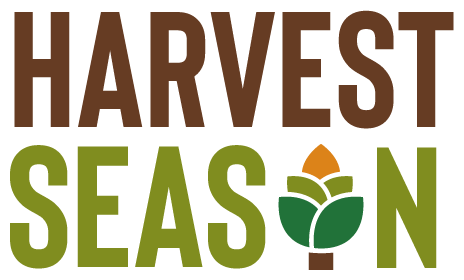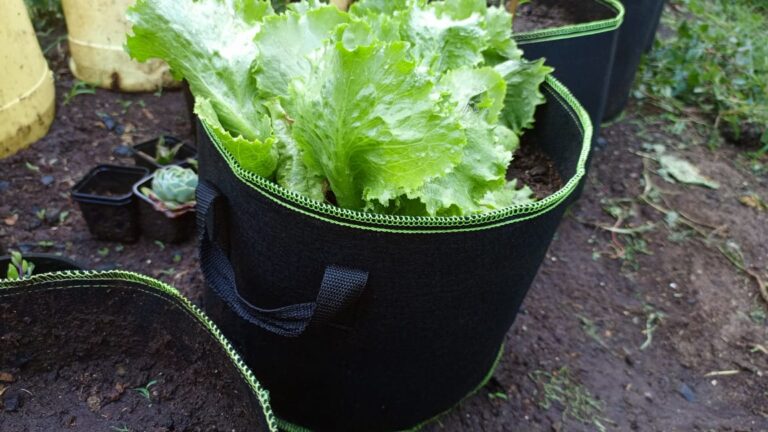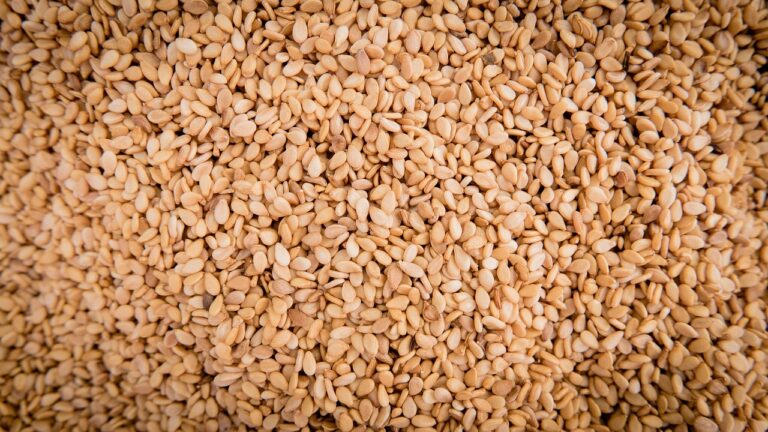Raila Odinga’s Agricultural Legacy: Vision, Promises and a Nation’s Mourning
On Wednesday, October 15, 2025, Kenya lost one of its most influential political figures. Former Prime Minister and long-time opposition leader Raila Amolo Odinga passed away in India, after suffering a cardiac arrest during a morning walk. Authorities confirmed that he was undergoing medical treatment in Kerala when he collapsed.
His passing marks the end of an era in Kenyan politics- and prompts a reflection on one of the dimensions of his public life where he consistently staked out bold proposals: agriculture.
Throughout his political career, Odinga positioned agriculture as central to Kenya’s economic revival, food security, and rural development. In this article, we examine his inputs, promises, the obstacles he confronted, and what his agricultural legacy might leave behind.
Raila Odinga’s Agricultural Vision & Promises
Raila Odinga framed agriculture as both a moral obligation and a strategic imperative. His proposals often aimed at revitalizing farming, empowering smallholder farmers, and reducing the country’s dependence on food imports. Below are some of his key interventions and policy positions.
1. “Fukuza Njaa” and “Azimio la Ukulima”
Central to his political platform was the slogan “Fukuza Njaa” (“drive out hunger”), which was tied to Azimio la Ukulima, an agricultural agenda under the Azimio coalition. Through this, Odinga pledged to modernize farming, push for climate-smart agriculture, increase value addition, and strengthen agro-processing. (African Leadership Magazine)
He also pledged that fertilizer costs would be cut dramatically—from about KSh 6,000 to KSh 2,000 per bag—for farmers. (African Union) This reduction was to be supported by input subsidies for seeds, chemicals, and other farm necessities. (African Leadership Magazine)
In addition, large tracts of idle or underutilized public land were to be commercialized into agricultural projects—either under direct state oversight or through public-private partnerships. (African Leadership Magazine)
2. Sector-Specific Interventions
- Sugar Industry Reforms
Odinga supported the leasing of sugar mills to private operators in hopes of reviving the sector, improving returns to farmers, and resolving perennial inefficiencies in sugar factories. (African Leadership Magazine) - Mechanization & Value Addition
He often spoke of boosting mechanization through tractor hire schemes, and promoting local agro-processing to prevent raw produce export without value. (African Leadership Magazine) - Land Consolidation & Productivity
Recognizing that many farming areas are fragmented and small, Odinga urged land consolidation and cooperative farming to achieve economies of scale. (African Leadership Magazine) - Sustainable & Climate-Smart Farming
He emphasized adoption of climate resilient crops, better seed systems, water harvesting, and conservation agriculture to buffer farmers from droughts and erratic weather. (African Leadership Magazine)
Achievements, Footprints & Demonstrations of Commitment
While many of Odinga’s plans remained aspirational, he made several gestures and supported projects that underscored his belief in agriculture’s centrality.
- Land Donation for Public Good
In May 2025, Odinga donated five acres of land at Kirembe, Kisumu, earmarked for affordable housing and public infrastructure. This act showed his willingness to set aside personal or party-held land for community development. (The Standard) - Public Discourse & Rallying Farmers
Odinga frequently held county-level engagements, visited agricultural fairs, and addressed farmer groups to articulate his vision of rural transformation. (Though the record is uneven, these engagements helped keep agricultural issues in public debate.) - Advocacy & Critique
He persistently challenged government lapses—accusing state bodies of mismanaging food donations, and pressing for transparency in agricultural spending. (allAfrica.com) - Continental Perspective
Beyond Kenya, Odinga posited that Africa must reduce reliance on food imports and reorient its growth around internal resource exploitation. In his writings and speeches, he argued for stronger regional agricultural integration and self-sufficiency. (African Leadership Magazine)
Challenges, Criticisms & Structural Constraints
Odinga’s promises were large in ambition—so too were the challenges in execution. Many critics and analysts flagged potential pitfalls.
- Fiscal Constraints & Sustainability of Subsidies
Subsidy programmes require sustained budget allocations. Given competing demands (health, education, infrastructure), funding such subsidies over time is challenging. - Input & Logistics Costs Beyond Fertilizer
Reducing fertilizer price is only part of the equation—transport, fuel, seed quality, dealer margins, and storage costs also drive input costs. If these remain high, the impact of subsidy is diluted. - Capacity & Institutional Weakness
Effective delivery of extension services, seed certification, market regulation, and oversight require strong institutions. Many counties and technical agencies lack sufficient capacity. - Land & Property Rights Issues
Land consolidation and commercialization can collide with customary land tenure systems, fragmentations, and disputes over ownership and rights. - Climate Risks & External Shocks
Droughts, floods, pests, and global market shocks pose continuous risk. Without robust adaptation and resilience systems, farmers may remain vulnerable. - Stakeholder Buy-in & Political Dynamics
Private sector, agrodealers, county governments, and farmers must all cooperate. Disagreements over leasing, contracts, or loss of autonomy could breed resistance (e.g. sugar mill leasing controversies). - Promises vs Delivery Record
Skeptics argue that Odinga frequently made aspirational pledges without follow-through, especially when not in government.
Reflecting on His Legacy in Agriculture
With Odinga’s passing, Kenya is bound to reflect on which of his ideas will persist. Some elements may form part of the country’s agricultural discourse well into the future:
- Agriculture as Central to National Strategy
His insistence that farming is not peripheral, but foundational, may push subsequent leaders to give it higher priority. - Emphasis on Value Addition & Industrial Linkage
The linkage between agriculture and industry—so often highlighted in his platforms—might guide more integrated agricultural policies. - Focus on Smallholder Inclusion
His narrative often centered on small and marginalized farmers. Future policies may continue to be judged by their inclusivity. - Climate & Sustainability Awareness
The push for climate-smart practices is now widespread globally; Odinga’s emphasis helps anchor it in Kenya’s political memory. - Symbolic Inspiration
For many farmers and rural communities, his visits, speeches, and promises will be remembered as a champion of rural Kenya.
A Legacy and a Call
Raila Odinga’s death marks the end of a chapter in Kenyan politics. His agricultural vision—bold, ambitious, and sometimes contested—represents both promise and challenge.
Whether future policymakers will carry forward the more constructive aspects of Odinga’s agricultural agenda remains to be seen. If they do, after appropriate adaptation, Kenya might yet fulfill some of the dreams for farms that feed the nation, enrich rural areas, and reduce dependency on imports.
In his passing, the nation should not only mourn but also reflect: which of his ideas will live on, and how can Kenya’s farmers benefit from the seeds he planted in national imagination.


